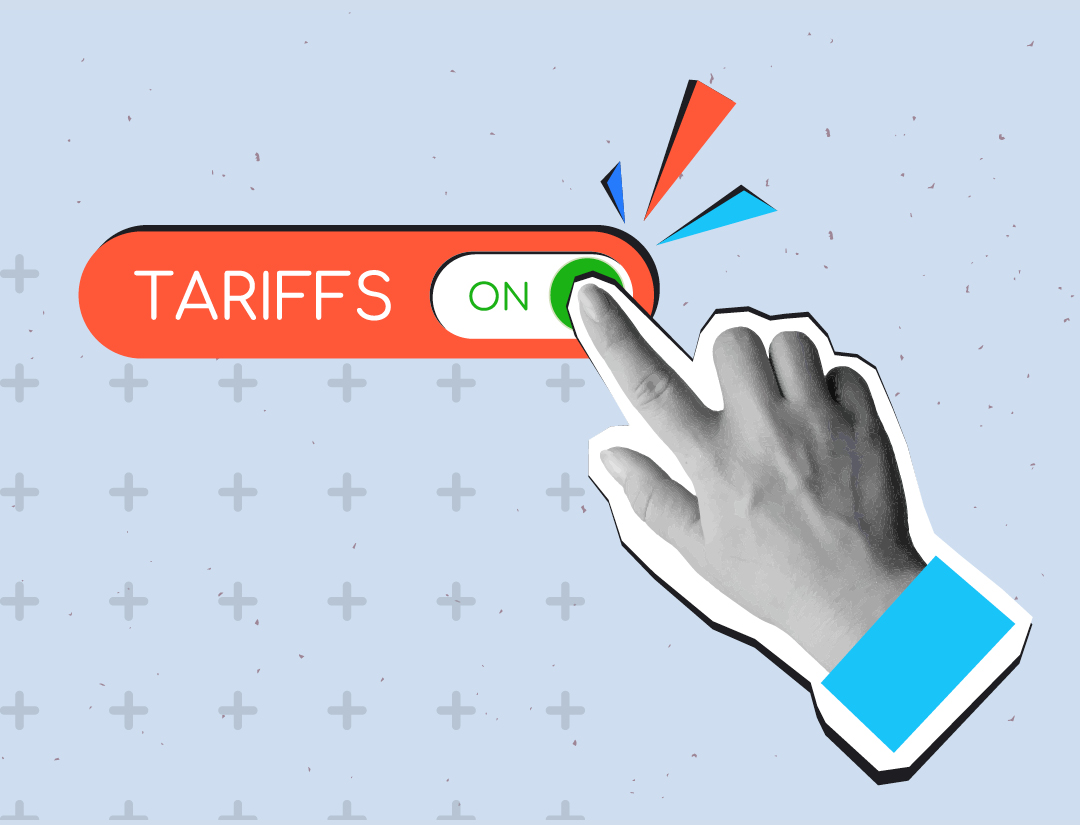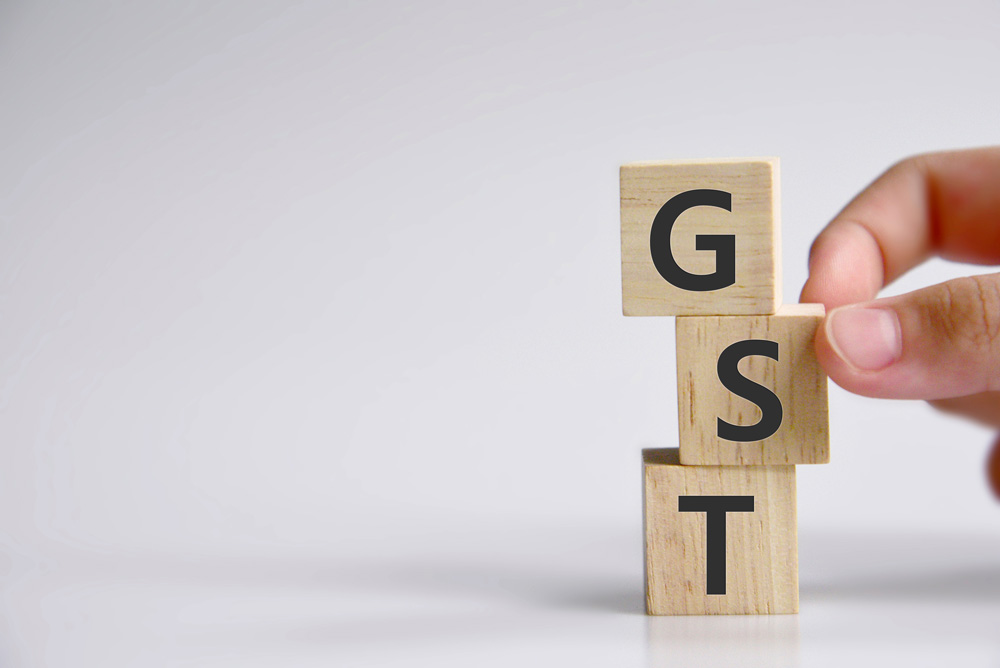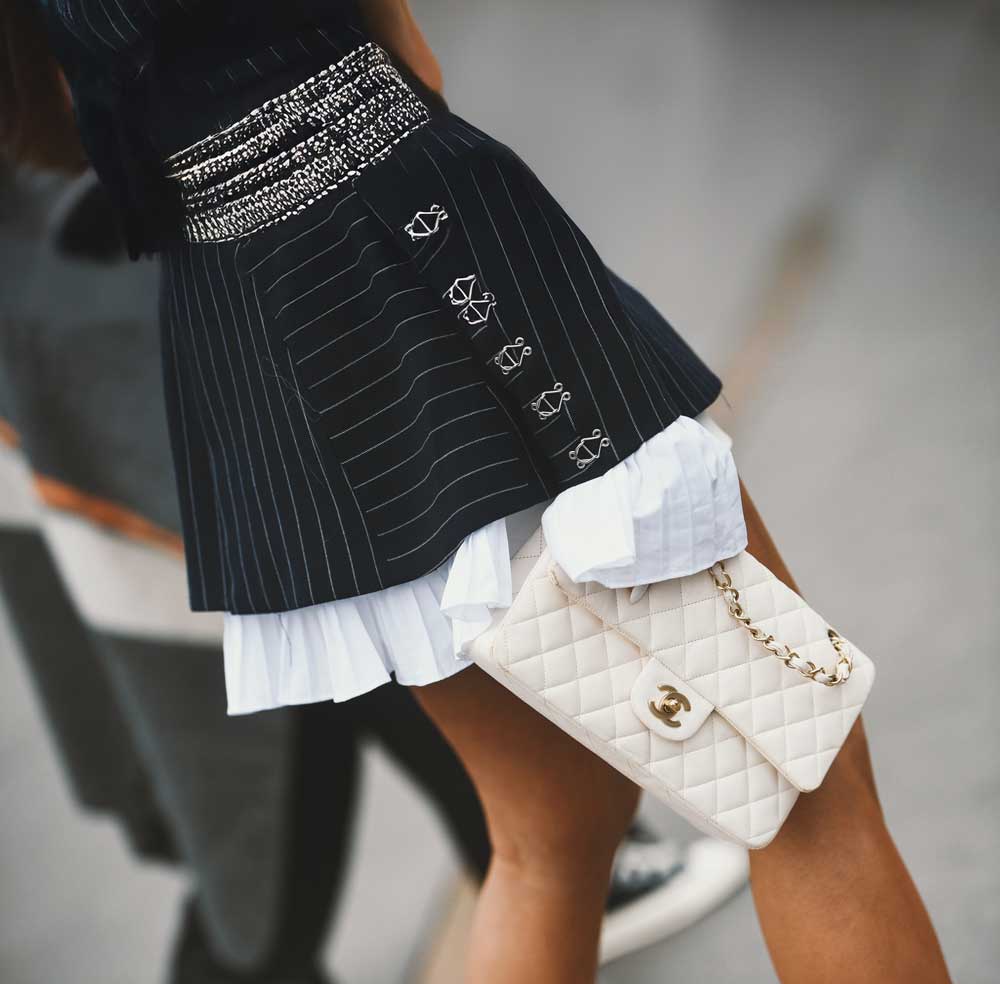Fashion isn’t just about hemlines or hues anymore. It’s also about geopolitics, economics, technology, and values. In 2025, what we wear is being shaped by forces far beyond the runway. From tariffs and taxes to AI algorithms and heritage revivals, fashion is at a pivotal moment. Here are five shifts redefining the global fashion landscape right now.
1. Global Tariffs Are Driving Up Global Prices And Fashion is feeling the pinch of geopolitics

In August, apparel prices overseas rose to their highest since February as tariffs began to bite. Closer to home, India’s textile sector has been particularly hard-hit, with some manufacturers halting production as the US imposes 50 per cent tariffs on textiles, worsening cost competitiveness. Luxury fashion isn’t immune either. The Trump administration’s 15 per cent tariff on EU goods and 39 per cent on Swiss goods is impacting luxury imports, most of which are produced in France, Italy, or Switzerland. With so much uncertainty about trade talks, brands and shoppers alike are stuck in a ‘wait-and-watch’ cycle, potentially reshaping global supply chains.
2. Homegrown Fashion In India Faces GST Pressures

In India, GST reforms have made homegrown fashion more expensive, disproportionately affecting small and medium-sized brands. India’s revised GST structure for apparel, effective September 22, 2025, introduces a two-tier system: 5 per cent GST on garments priced up to ₹2,500 and 18 per cent GST on those above ₹2,500, this threshold was set at ₹1,000 prior to the recent change. This price pressure could slow the rapid rise of independent designers who rely on a cost-sensitive domestic market. The result? Indian consumers may turn to mass-produced fast fashion or ultra-fast fashion from international brands, creating a setback for India’s burgeoning slow fashion movement. Could this trigger a slowdown for India’s fashion industry while boosting imports from European nations like the UK, with whom India recently signed a free trade agreement?
3. The Luxury Slowdown

The era of unstoppable luxury growth may be coming to an end. Dior, Gucci, and other marquee brands are reporting slower sales, with LVMH’s profits down 15 per cent in the first half of 2025. Rising prices, overstock, and a perceived decline in quality are eroding luxury’s aura of exclusivity. China, once the engine of luxury growth, is cooling as aspirational shoppers cut back. Analysts say the market is entering a ‘luxury reset,’ where emotional connection, craftsmanship, and storytelling will matter more than just a logo. The next few years could separate brands with true cultural cachet from those that over-relied on price hikes and hype.
4. EU’s New Rules Put Sustainability at the Core
The European Parliament just passed landmark legislation requiring fashion brands to pay for the collection, sorting, and recycling of their products. This ‘extended producer responsibility’ (EPR) scheme is a game changer, effectively putting the onus on brands to design with durability and recyclability in mind. With the EU generating 12.6 million tonnes of textile waste annually, this move could become a global benchmark, forcing brands worldwide to rethink fast fashion’s wasteful business model. Circularity is no longer a buzzword; it is rightfully becoming law.
5. Tech Is Redefining Fashion Aesthetics

Artificial intelligence is no longer just a back-end tool; it’s shaping the very way fashion is conceived, shot, and consumed. AI-generated lookbooks, virtual fittings, and photorealistic campaigns are already here. Designers are experimenting with AI to ideate collections, while brands are using algorithms to predict trends and personalise shopping experiences. At the same time, digital fashion products like NFT wearables, AR try-ons, and metaverse shows are creating an entirely new layer of style expression. The result, therefore, is fashion becoming more fluid, inclusive, and experimental than ever before. Fashion in 2025 is a story of contrasts with rising prices but greater accessibility, sustainability rules tightening but creativity flourishing in the digital space, and a return to heritage even as we embrace AI-powered futures. What remains constant is that fashion reflects our collective priorities, and right now, those priorities are shifting fast.